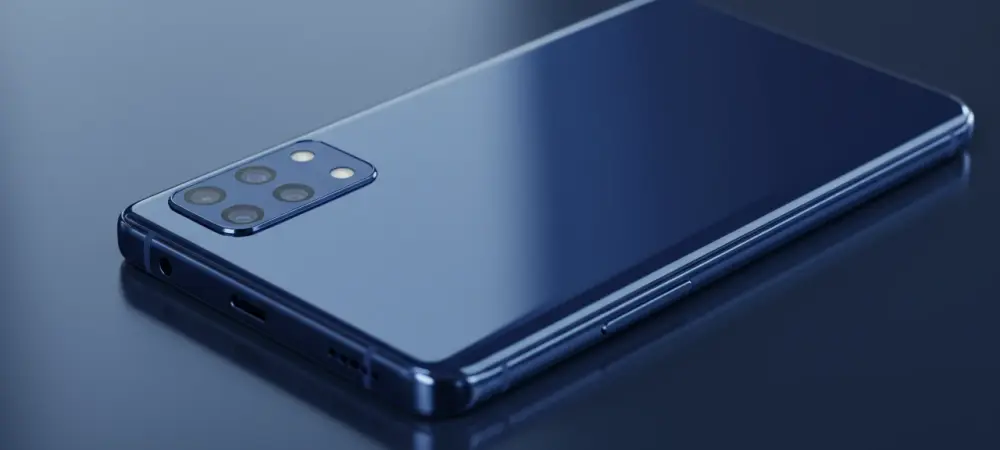Introducing Dominic Jainy, a seasoned IT professional with an expansive grasp on technologies like artificial intelligence, machine learning, and blockchain. Dominic shares insights on the evolving landscape of technology, examining its ripple effects across diverse industries. Today, we delve into the realm of consumer electronics, focusing on the Samsung Galaxy S25 Ultra and the unique offers and features that peg it as a distinguished presence in today’s smartphone market.
What is the original retail price of the Samsung Galaxy S25 Ultra in India for the base model?
The Samsung Galaxy S25 Ultra was originally priced at Rs. 1,29,999 in India for the base model, which includes 12GB of RAM and 256GB of internal storage. This pricing aligns with its position as a premium offering in the Galaxy lineup.
How much has the price of the Samsung Galaxy S25 Ultra been reduced for the limited-time offer?
The price has been reduced by Rs. 12,000 for a limited period, allowing customers to purchase the Galaxy S25 Ultra for Rs. 1,17,999. This discount makes it more accessible while still offering its top-tier features.
Why do you think Samsung has decided to discount the Galaxy S25 Ultra now?
Samsung likely aims to drive up sales and maintain competitive momentum in the market. By offering a limited-time discount, they’re not only stirring interest but also potentially clearing inventory to pave the way for future model releases or technology upgrades.
What specific features differentiate the Samsung Galaxy S25 Ultra from other smartphones?
The standout features include the custom Snapdragon 8 Elite for Galaxy chipset and a sophisticated quad camera setup with a 200-megapixel main sensor—ensuring high-quality photography. The integration of Galaxy AI features further enhances user experiences with intelligent functionalities catering to diverse consumer needs.
Are there additional savings opportunities for buyers apart from the direct discount?
Indeed, consumers can capitalize on exchange offers, where trading in an older device, such as the Galaxy S24 Ultra, can significantly decrease the effective price by up to Rs. 57,650. Such opportunities provide a compelling incentive for upgrading to the latest model.
Can you explain the no-cost EMI options available for purchasing the Galaxy S25 Ultra?
Samsung’s no-cost EMI scheme starts at Rs. 9,833.24 per month, making the purchase more manageable over time without accruing additional interest. This approach democratizes access, breaking down financial barriers for those interested in high-end technology.
How does the multi-buy offer work with the Galaxy S25 Ultra?
This multi-buy offer invites buyers to bundle additional Samsung products, such as the Galaxy Watch Ultra and Galaxy Buds 3 series, alongside the Galaxy S25 Ultra. It can yield savings of up to Rs. 18,000, proving financially attractive while enhancing the user’s tech ecosystem.
Are there any particular advantages or conditions that buyers should be aware of when purchasing from the Samsung India store?
Purchasing directly from the Samsung India store ensures the latest offers, secure transactions, and possibly exclusive deals unavailable through third-party retailers. However, it’s crucial for buyers to verify the exchange rates and offer validity based on their location and device condition.
Considering the features and current offers, do you believe the Galaxy S25 Ultra provides good value for its price?
Absolutely, the combination of its premium technological features and the current promotional discounts presents a strong value proposition. When juxtaposed with competitive offers from other brands, Samsung’s comprehensive suite of features and robust trade-in incentives stand out, appealing to both new and existing customers.
What is your forecast for the smartphone market with these ongoing trends?
I anticipate a growing emphasis on integrating AI even more deeply, resulting in features that continue to resonate with consumer needs. As market competition intensifies, more brands might offer similar incentives, influencing buyer expectations and setting new standards for value in the high-end sector.

